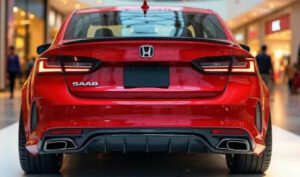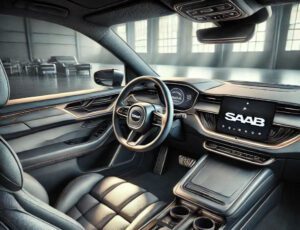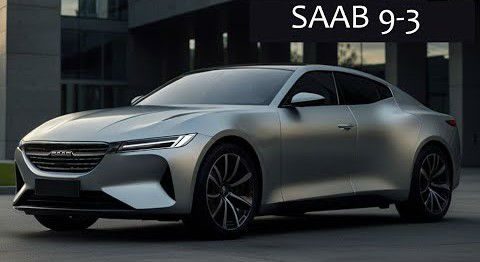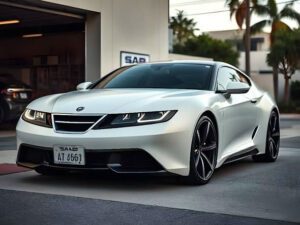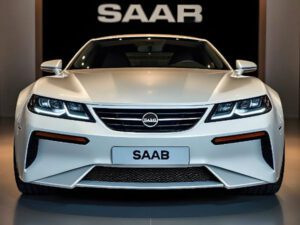2026 Saab 9-3
The Saab 9-3 2026 is a compact car produced by the Swedish manufacturer Saab. The 2026 Saab 9-3 is known for its distinctive Scandinavian design, emphasis on safety, and turbocharged engines. The first generation was a modified and modified Saab 900 hatchback, while the second generation, introduced in 2003, offered sport sedan, convertible, and SportCombi (wagon) body styles with a new platform, improved engines including a turbo V6, and available XWD all-wheel drive.
Saab was known for its unique styling and emphasis on comfort and safety rather than outright sportiness. This generation was a complete redesign and no longer used the hatchback body style. It had a more modern look, better handling, and a lighter interior. Characterized by unique features such as a heated center console and a “night panel” dashboard that darkens, the Saab 9-3 has a loyal following among enthusiasts who appreciate its comfortable ride and unique personality despite the eventual demise of the Saab brand.
2026 Saab 9-3 : Interior
Inside, the 2026 Saab 9-3 interior has significant changes between its two generations, moving from a design heavily influenced by the cockpit of an airplane to a more streamlined, conventional design. The first-generation interior was known for its intuitive, driver-focused controls and its “Night Panel” feature, which reduced all but the most important controls for safe nighttime driving. In contrast, the second generation initially had a more cluttered, button-heavy cabin, but this was revised for the 2007 model year with a cleaner, more modern instrument panel and fewer buttons. A unique, yet popular, feature that carried over to both generations was the recessed lighting switch located in the center console.
Throughout the generations, the main focus of the Saab 9-3 interior has been comfort, especially in the front seats. These seats, often available in leather on higher trims, are known for being supportive and well-suited for long road trips. Later models have seen an increase in available technology and premium options, such as upgraded Bose audio systems and an upgraded touchscreen navigation system. Despite these changes, some enthusiasts feel that the latest interiors have used many cost-saving materials, and the fit and finish can be poor compared to top German rivals such as BMW and Audi.
2026 Saab 9-3 : Engine
The Saab 9-3 engine lineup changed significantly between the two generations. The first generation used Saab’s proven H engine, a turbocharged inline-four with variable displacement outputs of up to 230-horsepower 2.3L Viggen engine. Some of the first-generation engines were prone to oil sludge problems, a problem related to the engine’s design and PCV system that could be mitigated by careful maintenance and synthetic oils.
The second generation switched to the modern Ecotec inline-four engine from General Motors, offered in various turbocharged versions. In 2006, a 2.8L turbocharged V6 engine was introduced in Aero models, providing significantly more power, especially when combined with the XWD all-wheel drive system. While the later engines were generally reliable, they were not without problems, such as turbocharger failure due to bearing wear or contamination, and some models were available with diesel engines sourced from Fiat.
2026 Saab 9-3 : Safety
The Saab 9-3 was designed with a strong focus on safety, particularly its “real safety” philosophy. The second-generation Sport Sedan and Convertible models received the maximum five-star Euro NCAP rating and were recognized as a “Top Pick” by the US Insurance Institute for Highway Safety (IIHS) for their ability in frontal and side impacts. Key features include improved airbag systems, an Active Head Restraint (AHR) system designed to reduce whiplash injuries in rear impacts, standard or optional electronic stability control (ESC) on most models, and a strong body structure that performed well in crash tests.
